Prologue
Christianity is a religion based on history, not on personal feelings.
Archeology in the biblical world is still vast to explore. Only 5% of the sites have been excavated1.
Skeptics argues that believers makes the ‘god of the gap’ fallacy all the time. Well, with archeology, we can apply that back: the more we find archeological evidence, the more we are confident that the Bible is telling actual history.
- Pool of Siloam
- Pontius Pilate
- King Herod
- Synagogue of Capernaum
- Pool of Bethesda
- Jesus’ tomb
- Shroud of Turin
- Incantation bowl
- Palatine Graffito
- Nazareth inscription
- True Cross
- Jehohanan’s ossuary
Pool of Siloam
…

Pontius Pilate
…

Synagogue of Capernaum
…

Pool of Bethesda
…

King Herod
…

Jesus’ life
Jesus’ tomb
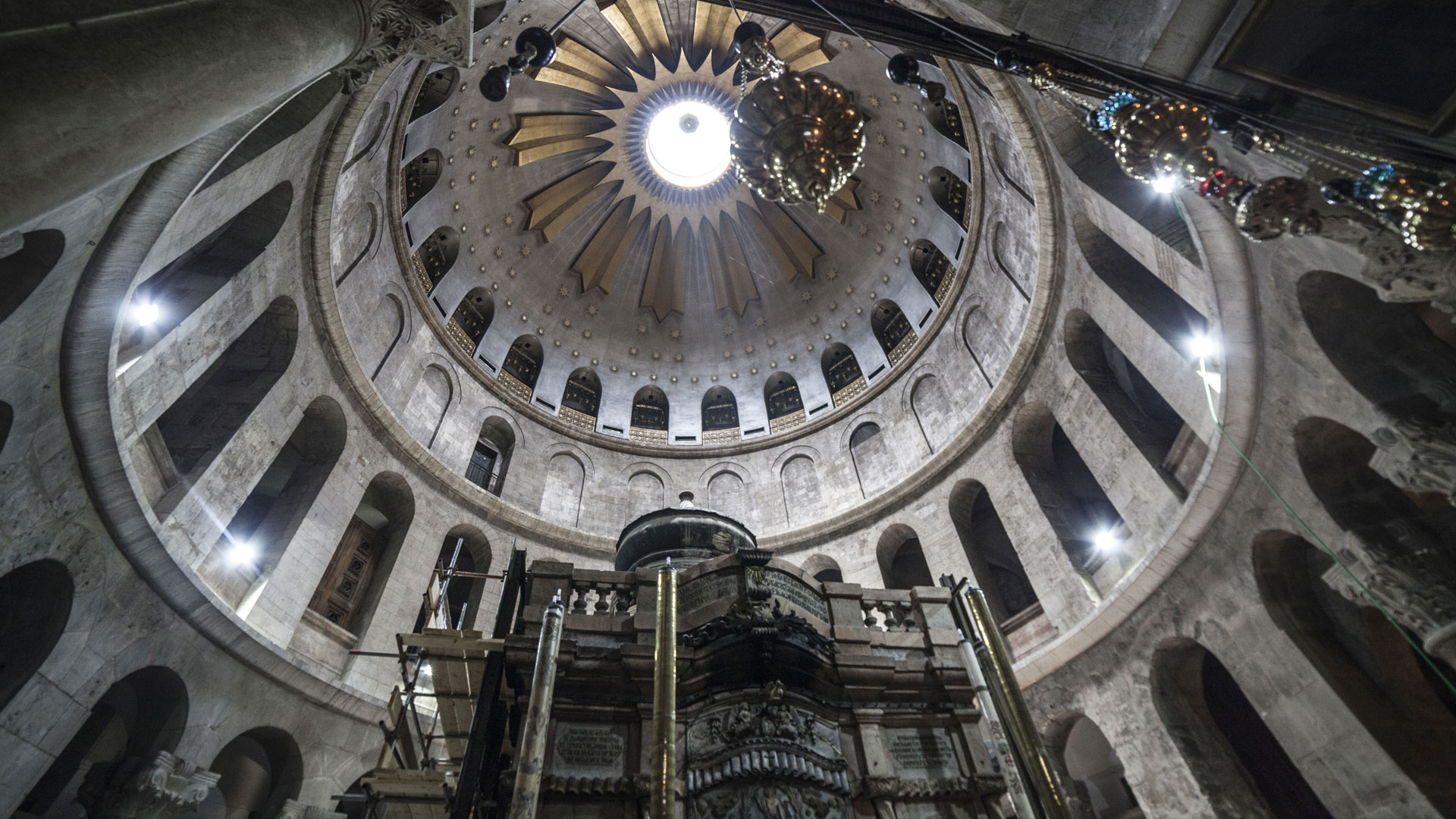
The actual tomb & place of crucifixion of Jesus is believed to be situated inside the Church of Holy Sepulchre, in Jerusalem (Israel). In the time of Jesus, it was forbidden to bury within the walls of Jerusalem (as the Gospels tells us), but a few years later, the city expanded so the tomb of Jesus was included. The Roman emperor Hadrian (76 – 138 AD) would have build a temple over the tomb to demonstrate the domination of the Roman state religion over Christianity, until the coming of Constantine in 325 AD.
National Geographic wrote a brief history of the finding of Jesus’ tomb. Jewish tradition forbade burial within the walls of a city, and the Gospels specify that Jesus was buried outside of Jerusalem, near the site of his crucifixion on Golgotha (“the place of skulls”). A few years after the burial is said to have occurred, the walls of Jerusalem were expanded, putting Golgotha and the nearby tomb within the city. When Constantine’s representatives arrived in Jerusalem around A.D. 325 to locate the tomb, they were allegedly pointed to a temple built by the Roman emperor Hadrian some 200 years earlier. Historical sources suggest that Hadrian had the temple built over the tomb to assert the dominance of Roman state religion at the site venerated by Christians. Jesus has been crucified outside of Jerusalem because the Jewish tradition forbid any burial inside the walls of a city. Few years after the event, the walls of Jerusalem were expanding, putting Golgotha & the burial tomb within the city. Hadrian has built a temple over the tomb of Christ to show dominance of Roman state religion above the faith of the Christians.
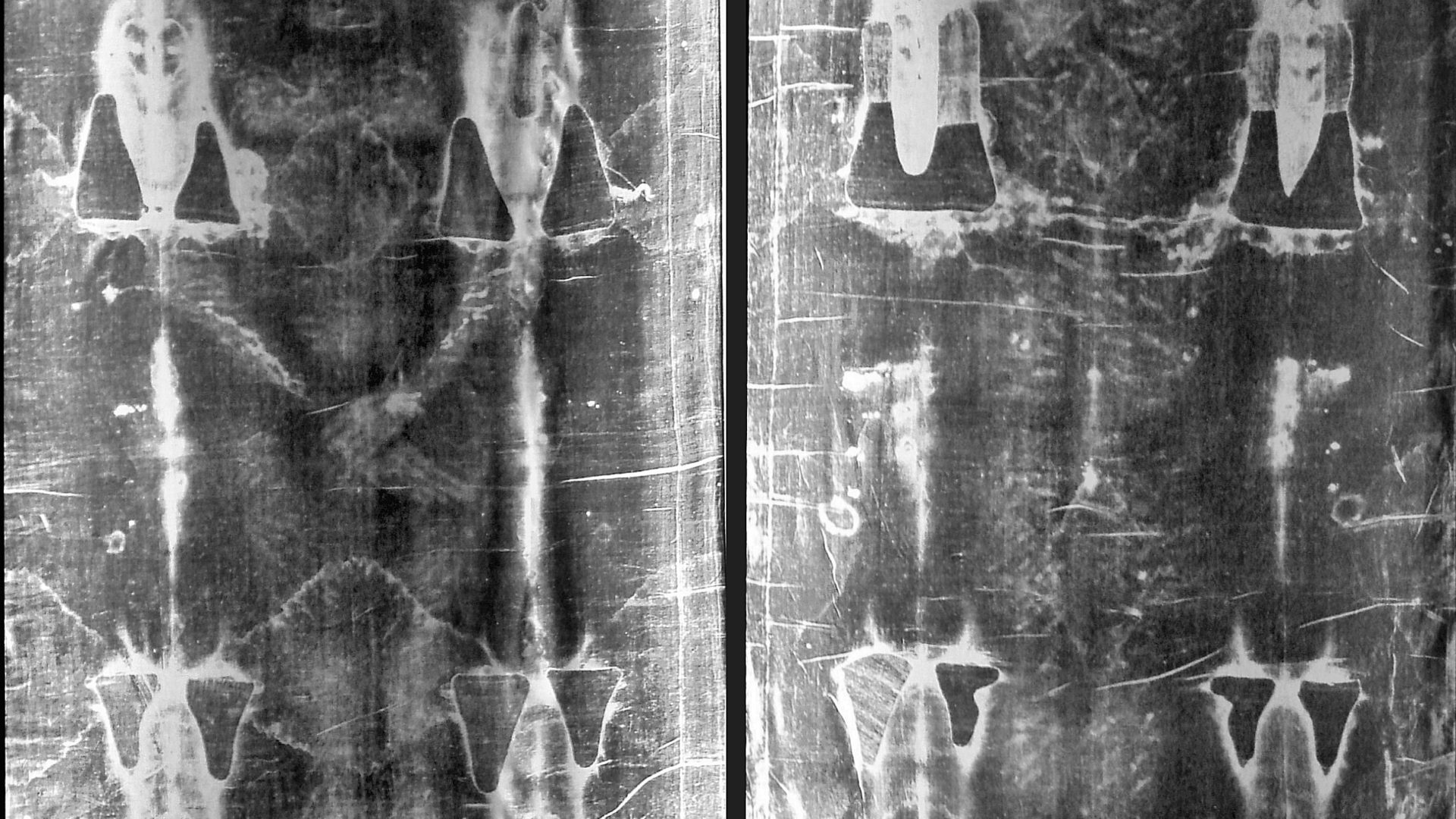
It is a piece of sheet that covers the body of Jesus during his burial.
The Shroud of Turin is mentioned in the 4 Gospels. 2
- the light flash was at a power of many billions of watts (a light bulb is only 60 watts)
- the “directional vacuum ultraviolet radiation” took 1/4 billions of second to flash 3
- it requires up to 14K+ modern ARF laser to reproduce the same effect
- it dates around 50s AD (more or less 200 years)
- pollen from the shroud prove it comes from the region of Palestine
And the best of all: the blood type that is remain on it, match perfectly the ones found in Eucharistic miracles & bleeding statues of Mary.
Incantation Bowl

…
Palatine Graffito
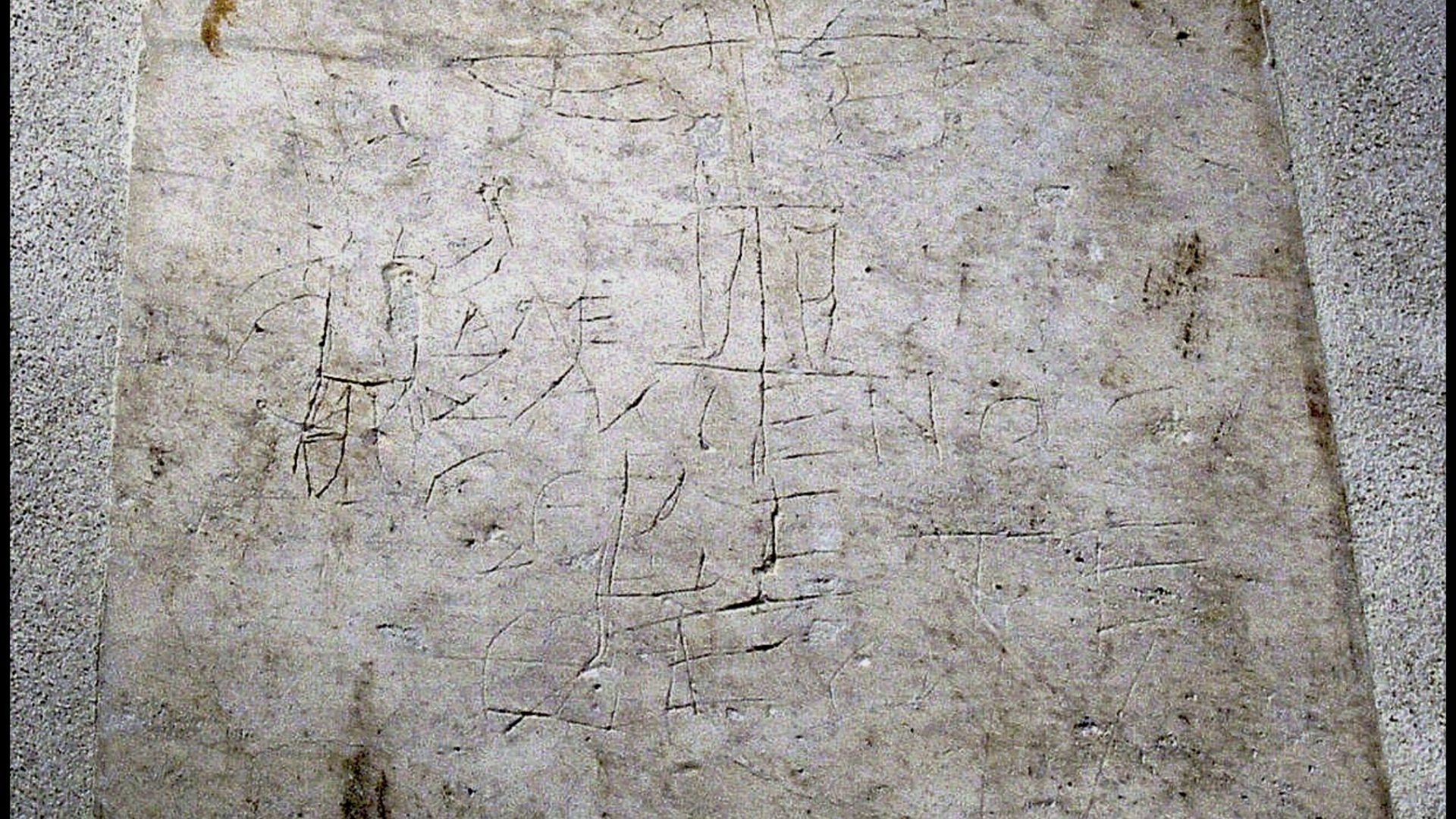
…
Nazareth Inscription
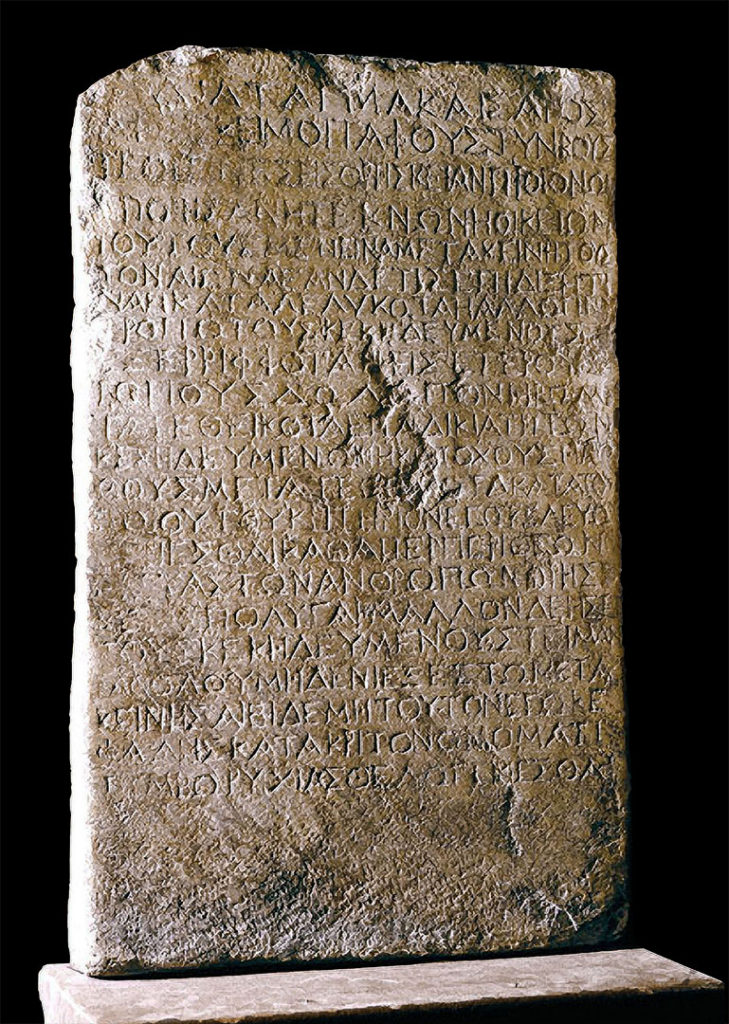
…
True Cross

…
Recommended books
- Craig Evans – “Jesus and his world: the archeology evidence”
- Titus Kennedy – “Unearthing the Bible: 101 archeological discoveries that bring the Bible to life”
- Craig A. Evans, “Jesus and his world: the archeological evidence”, (Westminster John Knox Press, 2012), 3
- Mt 27:59, Mc 15:46, Lc 23:53, Jn 19:40
- Frank Viviano (2015) – “Why Shroud of Turin’s secrets continue to elude science”, National Geographic, April 17,2015 (http://news.nationalgeographic.com/2015/04/150417-shroud-turin-relics-jesus-catholic-church-religion-science/)
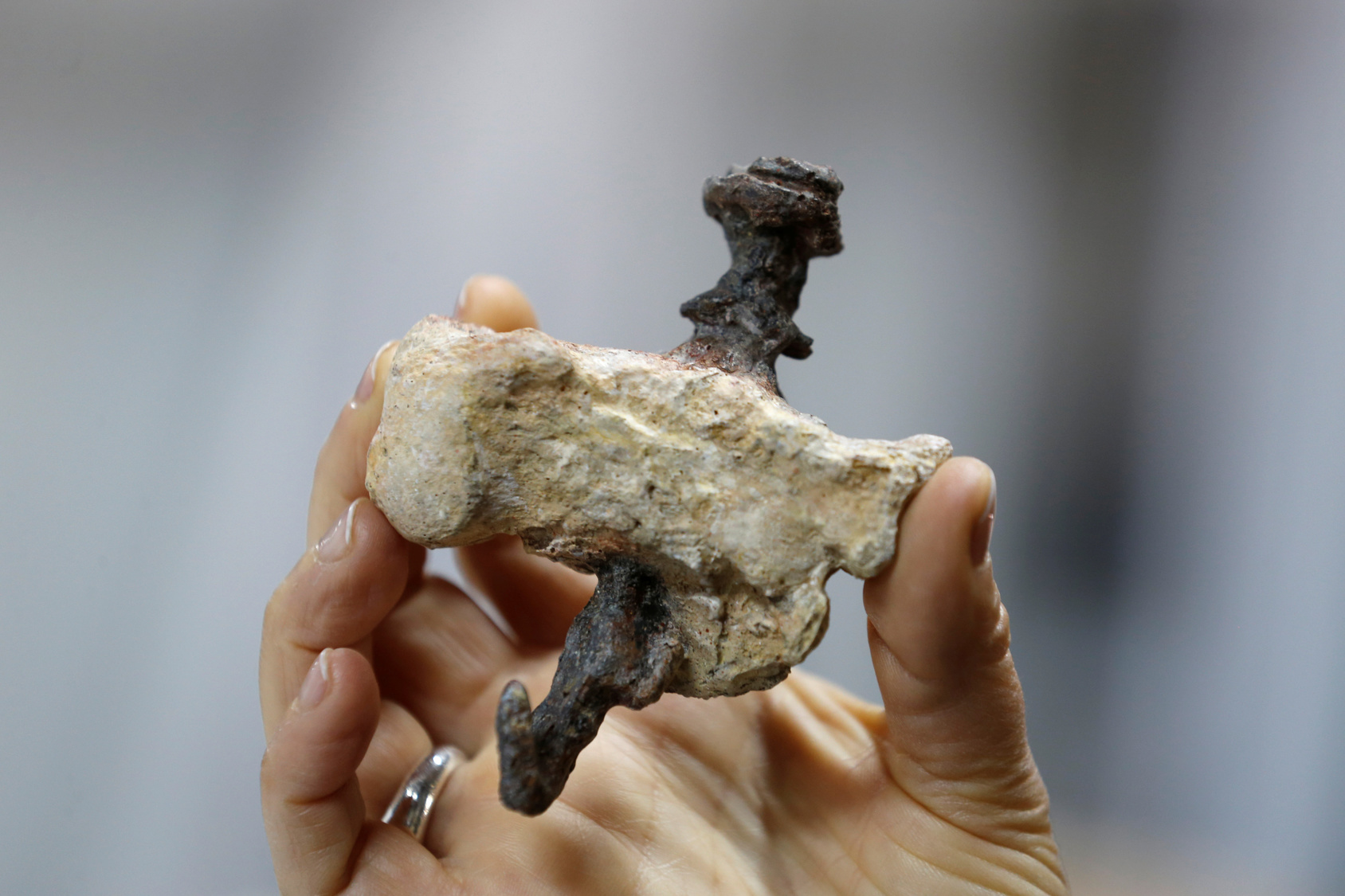
Pingback: Was Jesus buried in a tomb? – old – Minh Nhat Le